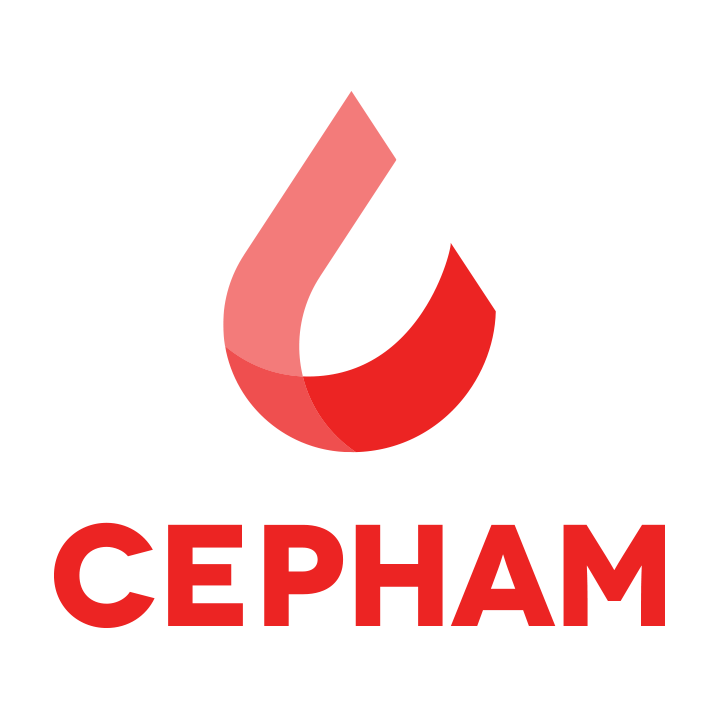In the USA, there are there are few regulatory pathways for food / dietary supplement ingredients to market:
NDI Pathway: If the ingredient is a new dietary ingredient intended for dietary supplements, with sufficient safety data and a need for confidentiality.
GRAS Pathway: If the ingredient has published safety data and is intended for broad food use.
Food Additive Petition: If neither NDI nor GRAS pathways suffice, and extensive safety data and long-term studies are required.
FDA employs a tiered toxicological testing approach based on exposure levels and structural concerns. Level I (low concern) requires genetic toxicity tests and potentially short-term rodent studies. Level II (intermediate concern) adds subchronic toxicity, reproductive, and developmental studies. Level III (high concern) demands comprehensive testing including one-year non-rodent studies and chronic toxicity/carcinogenicity evaluations. Studies should follow FDA’s Redbook 2000 protocols, OECD guidelines, and Good Laboratory Practice standards.
History of use documentation must demonstrate long-term safe consumption (FDA considers 2 years insufficient) in broad populations at or above proposed levels. Acceptable evidence includes contemporaneous business records, sales documentation, commercial invoices, and scientific literature. Affidavits alone are inadequate without supporting documentation. Literature reviews require systematic searches, complete citations with full-text copies, English translations of foreign materials, and objective evaluation of both positive and negative findings.
Identity and manufacturing requirements demand comprehensive characterization including chemical name, CAS number, molecular formula/structure, and spectroscopic data. Manufacturing process descriptions must detail step-by-step procedures, critical control points, raw material specifications, and quality measures. Specification sheets should present identity, purity, potency, microbiological, and contaminant limits in tabular format with validated analytical methods. Stability data demonstrating shelf-life under intended storage conditions is essential.
Common rejection patterns and mitigation strategies
FDA data reveals 63.5% historical rejection rates, with recent improvements showing 71% acknowledgment in FY2022. The most common rejection reasons include inadequate identity information (insufficient characterization, missing Latin binomials, unclear manufacturing), inadequate safety data (insufficient history of use, studies not matching NDI formulation), and procedural errors (incomplete submissions, missing translations, poor organization).
Pre-notification meetings significantly improve outcomes, with companies engaging FDA early showing 71% success rates versus much lower rates without meetings. FDA encourages these non-binding consultations for complex submissions, previous rejection concerns, or novel ingredients. Meetings are requested through NDIN@fda.hhs.gov with specific questions about identity, safety, or procedures. FDA provides preliminary feedback but won’t serve as a consultant to develop submissions.
Successful mitigation strategies include comprehensive botanical identification with processing details for identity issues, dose-ranging studies matching exact NDI formulations for safety concerns, and using FDA’s recommended template with continuous pagination for procedural compliance. Companies achieving success often iterate through multiple submissions, as demonstrated by POM Wonderful’s third-attempt acknowledgment after addressing FDA’s specific identity concerns.
Master Files and alternative regulatory pathways
The NDI Master File system allows centralized storage of identity, manufacturing, and safety information that multiple parties can reference with authorization. Master Files benefit ingredient suppliers by reducing duplicative submissions, protecting confidential information, and streamlining review processes. Limitations include voluntary status, dependency on owner maintenance, and no independent marketing authority.
GRAS suits ingredients with published safety data intended for broad food use, while NDI better serves proprietary ingredients requiring confidentiality for supplement-only applications.
Recent notification examples and trends
FY2022 marked a turning point with 30 of 42 notifications acknowledged without objection (71% success rate), attributed to better industry understanding and increased pre-submission meetings. Successful cases like EpiCor® yeast fermentate demonstrated comprehensive safety data and clear identity characterization. POM Wonderful’s pomegranate extract succeeded on the third attempt after addressing FDA’s specific botanical characterization concerns.
Notable failures include multiple nicotinamide mononucleotide (NMN) applications withdrawn due to drug preclusion despite initial acknowledgment, highlighting the importance of pharmaceutical investigation research. Common rejection patterns persist around inadequate botanical characterization, insufficient history of use data, and safety studies not matching specific NDI formulations.
Statistical analysis shows 58% overall success rate for 136 submissions since 2021, with resubmissions accounting for approximately 20% of successful notifications. Average review completion occurs within the 75-day statutory period, with most successful cases resolving within 2-6 months including any resubmissions.
In March 2025, HHS Secretary Robert F. Kennedy Jr. directed FDA to explore rulemaking to eliminate the self-affirmed GRAS pathway HHS Secretary Kennedy Directs FDA to Explore Rulemaking to eliminate pathway for companies to self-affirm GRAS pathway.
According to FDA’s Unified Regulatory Agenda published in September 2025, the proposed rule is scheduled for publication in October 2025 FDA Releases Unified Agenda, Intends to Prioritize GRAS, FOP (front of package), and Dietary Ingredients.
What the Proposed Rule Would Do
The proposed rule would amend FDA regulations in 21 CFR parts 170 and 570 to require mandatory submission of GRAS notices for substances purported to be GRAS for use in human or animal food FDA Releases Unified Agenda, Intends to Prioritize GRAS, FOP, and Dietary Ingredients. Substances currently subject to a GRAS regulation or that have received a “no questions” letter in FDA’s GRAS inventory would be exempt.
Post-Loper Bright Complications
The legal landscape changed significantly in 2024: The 2024 Supreme Court decision in Loper Bright Enterprises overturned Chevron deference, making conclusions that the statute grants FDA this authority susceptible to challenge
The administration will likely seek Congressional legislation rather than rely solely on rulemaking, as GRAS is a statutory exemption that Congress must modify to establish mandatory notifications with legal certainty.

